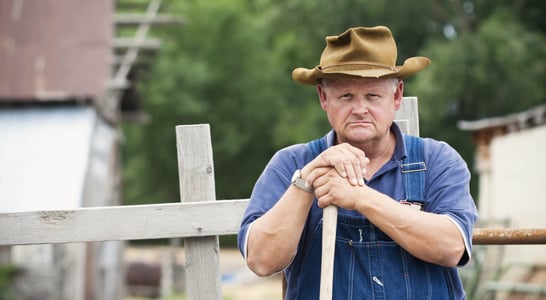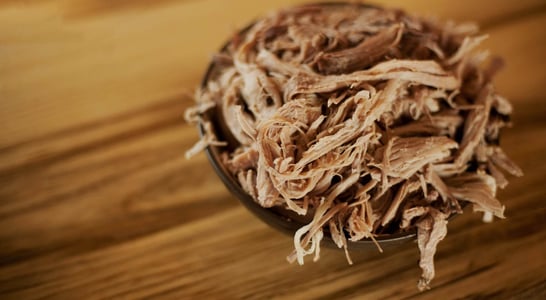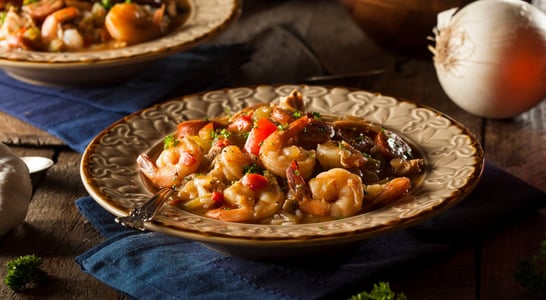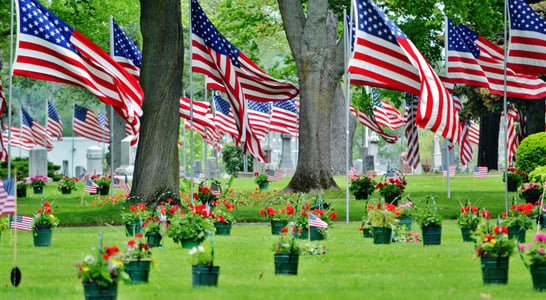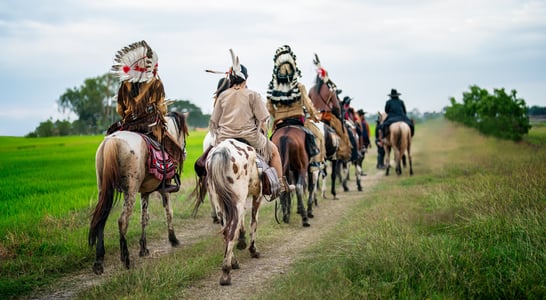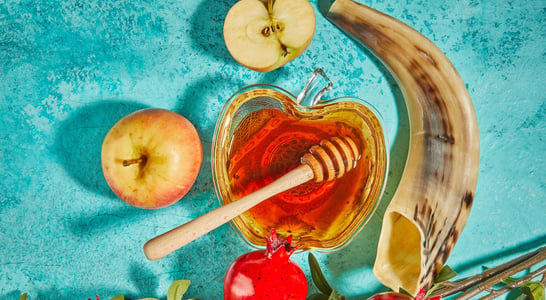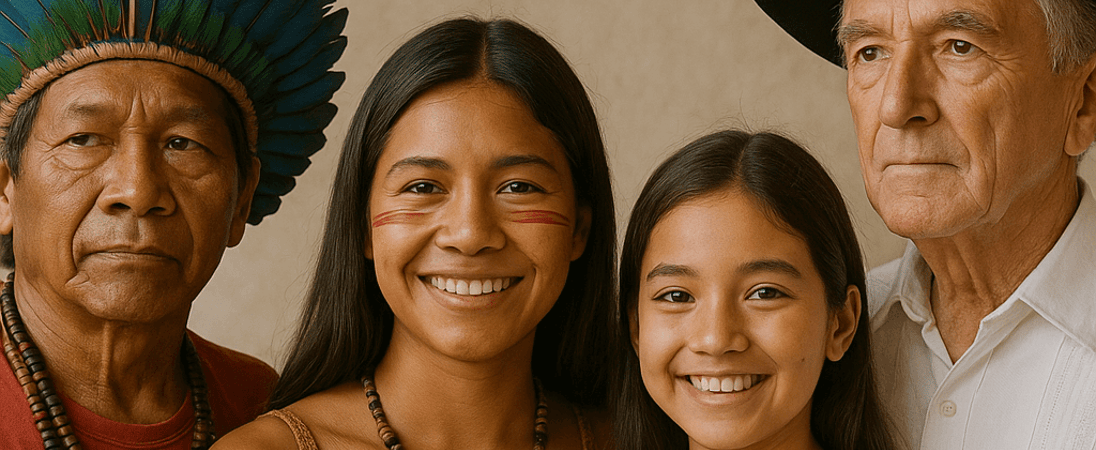
Día de la Raza
Día de la Raza marks the meeting of Indigenous cultures and Spanish influence across Latin America.
The name translates to “Day of the People,” and it centers on how those cultures mixed, clashed, and created something new.
Instead of focusing on one version of the past, the day recognizes many lived experiences. For some, it brings pride in Indigenous roots. For others, it’s a moment to reflect on identity shaped by history.
People use Día de la Raza to speak about culture, connection, and the struggle to be seen. The day gives space to those whose stories were often left out.
Across different countries, it highlights strength, language, tradition, and survival. This isn’t just a holiday—it’s a chance to talk openly about heritage, history, and the many ways they still shape everyday life.
How to Celebrate Día de la Raza
Here are some fun ways to take part in Día de la Raza celebrations:
Community Feast
Bring neighbors and friends together for a cozy shared meal. Feature dishes like tamales, empanadas, mole or arroz con pollo.
Ask guests to bring family recipes. Sit, eat, chat, celebrate culture and connection.
Music and Dance Hour
Play Latin rhythms like salsa, merengue or mariachi. Invite folks to move and sway along. Offer simple dance steps for beginners. Share lively playlists and cultural roots behind the tunes.
Creative Crafting Time
Set up a table for making papel picado, maracas or colorful posters. Encourage people to write words or images that reflect identity and heritage.
Display creations for all to admire afterward.
Storytelling Circle
Invite storytellers or community members to share family tales or legends passed down through generations.
Listen and ask questions. Honor voices representing diverse Indigenous or mixed heritage.
Culture Discovery Station
Set up displays of traditional clothing, textiles, crafts, or artifacts from different regions. Provide short captions explaining symbolism and origin. Invite visitors to explore meaning and ask questions.
History of Día de la Raza
Día de la Raza originated in the early 1900s as a means to acknowledge the shared culture between Spain and Latin America.
A Spanish writer, Faustino Rodríguez-San Pedro, suggested the idea in 1913.
He hoped it would bring people with Spanish roots closer together, even if they lived far apart. The idea quickly caught on and grew from there.
In 1917, Argentina officially made it a national holiday. Other countries, such as Mexico, Colombia, and Venezuela, followed.
By the 1920s, many Spanish-speaking nations were commemorating the date with parades, speeches, and cultural events.
The name “Día de la Raza,” meaning “Day of the People,” reflected the idea of a new identity formed through a mix of Indigenous, European, and African heritage.
The phrase “la raza” was never about race in a narrow sense.
It pointed to a shared cultural story. Mexican philosopher Antonio Caso used the term to describe how different groups shaped Latin America’s identity.
Over time, people began using the day to focus more on Indigenous voices and stories.
In recent years, several countries have changed the name and meaning of the holiday. Venezuela now calls it “Day of Indigenous Resistance.”
Argentina chose “Day of Cultural Diversity.” These updates reflect a shift away from colonial views and toward honoring the full range of histories across the region.
Also on ...
View all holidaysNational Farmers Day
Without farmers, we’d all starve. Visit a farmer’s market, take a trip to a farm, or reenact how farmers used to live and grow with old-fashioned tools.
National Pulled Pork Day
Gather friends and family and make pulled pork together, a delicious and filling cut of meat is sure to please, or go out and enjoy professionally made pulled pork.
We think you may also like...
Memorial Day
Honoring those who have made the ultimate sacrifice — their bravery and selflessness will never be forgotten, and their legacy will live on.
